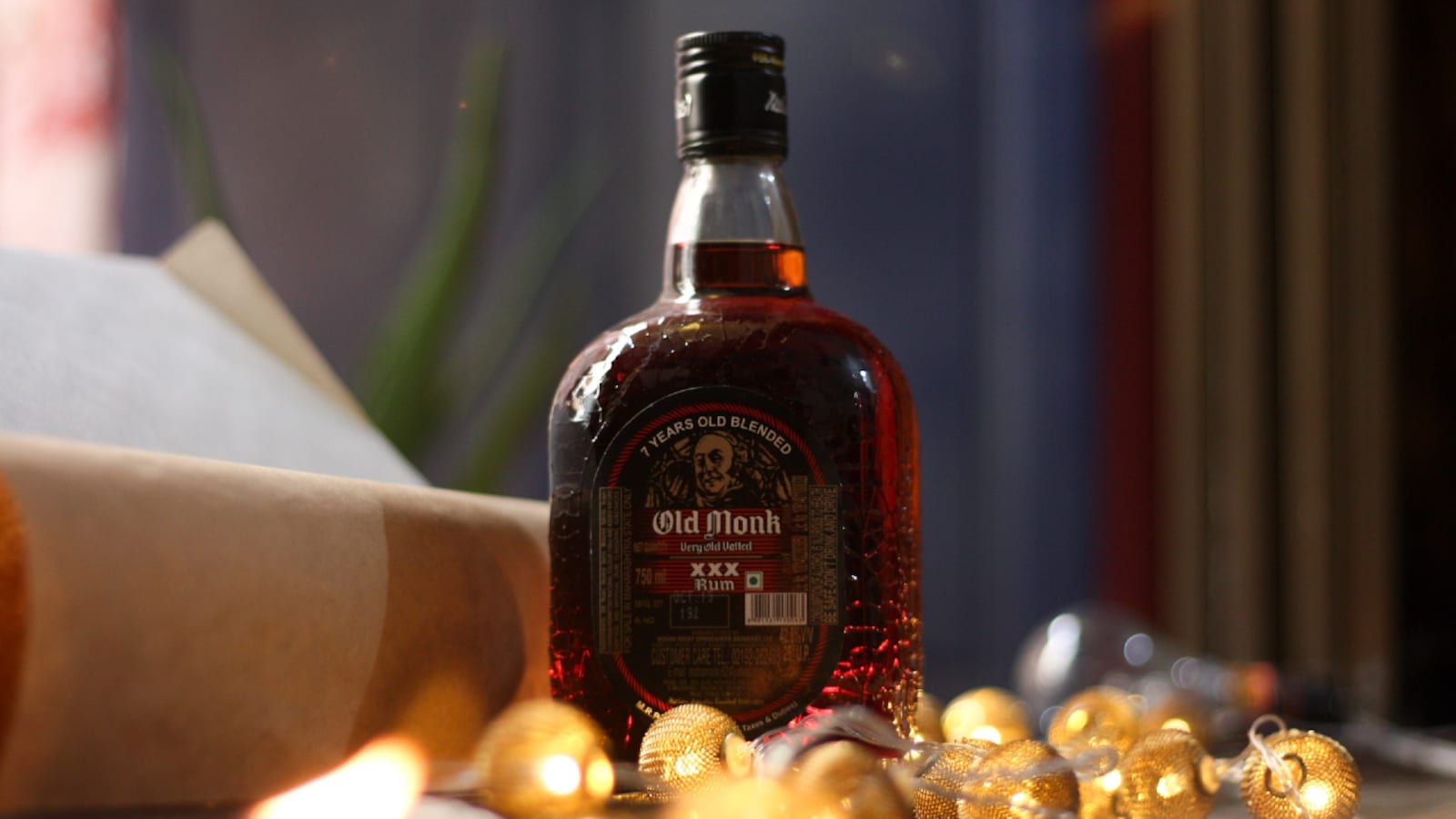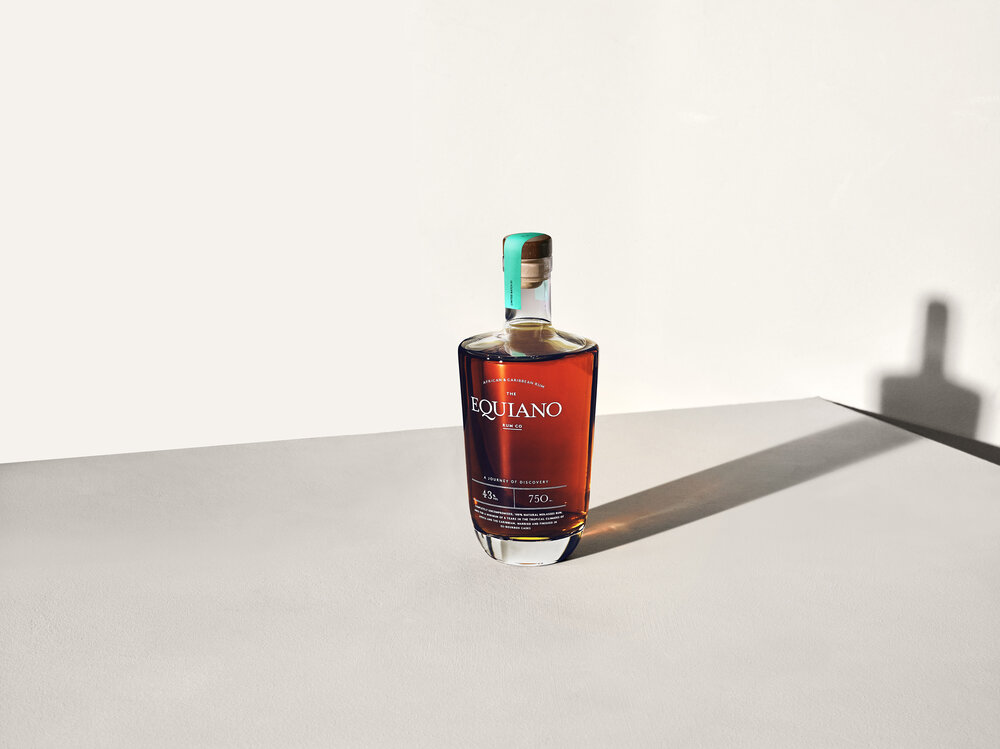The history of rum is as fascinating as it is shocking. Rum has been synonymous with piracy and smuggling for centuries, yet this spirit was first invented as a medical cure. From there, the story gets even more interesting, because rum has played an important role in many of the most infamous scandals and crimes in history.
The Seamen’s Friend: A Medical Miracle or a Way to Sell Cheap Liquor? The first written record of rum dates back to 1494 when a pirate named John de Cartagena described how he made his own brand of rum from sugarcane. Pirates were known to drink a type of alcohol called grog, which was basically just water with cheap wine added.
This made drinking rum an appealing proposition for pirates since they could pretend that they were drinking quality wine rather than cheap liquor. However, when it came to making their own grog, most pirates were either too poor or had access only to inferior wine.
Therefore, many started experimenting with other cheap liquors such as brandy and even beer.
 Rum and the Slave Trade
Rum and the Slave Trade
The history of rum is linked to the history of slavery, and the practices that led to the invention of the spirit also led to the development of the practice of distilling. It was not until the 16th century that the first European colonies began to be established in the Caribbean. As these colonies grew, they required more workers to work on the plantations, and it was here that the rum industry was born.
Rum was a staple of the slave trade as it was easy to make and transport. It was also cheap and plentiful, making it an ideal item that could be used as a form of payment for slaves. Although rum is often associated with slavery, it was only one of many reasons for its popularity during this time.
The Birth of “Blue” Rum
There are many myths surrounding the origins of rum. Some of the most popular ideas include the rum being tied to pirates and the rum not being aged long enough to become “blue”. Despite this, a well-known story surrounding the origins of rum has it that a Barbadian physician by the name of John “Jack”
Carter first discovered the process of distilling spirits. In the late 1600s, Carter noticed how sugarcane was used to produce sugar and how the sugar could then be processed into molasses, which was a healthier alternative to sugar.
Since Caribbean sugar plantations were common during this time, Carter then made the connection between the cane and the production of rum.
Why Is Dark Rum Called “ aged”?
The first rum was produced out of sugarcane, and as rum would be consumed, molasses would be left behind. This molasses was an extremely unwanted byproduct, and it was left to sour on the ground and in the rum barrels. Rum makers would then have to collect this molasses and use it to produce more rum.
During the refining process, the alcohol in rum is removed, and it is at this point that the rum begins to reach its full potential and is then commonly called “aged” rum. Many people believe that rums are aged for a long period of time, but in fact, most rums have a lifespan of only around two years.
How to Make Dark Rum
The final process for making any rum simply involves combining molasses, yeast, and either a flavored or unflavored liquor. This rum can then either be consumed straight from the barrel or bottled and sold to the public. The taste and quality of the rum will vary depending on the ingredients used during the molasses-to-rum process. Typically, rum is made in the same way as other liquors, and each part is important in making the finished product.

Molasses is the first ingredient in rum, and it is what helps to give the rum its flavor and aroma. The molasses is usually the result of the sugar cane being processed into sugar. The next part is the yeast, which is used to help to transform the molasses into rum. In addition to helping to turn the molasses into rum, the yeast also produces ethyl alcohol, which is what is removed when the rum is aged.
Bonnet and Other colored rums
While dark rum is called “aged” and is referred to as such, there are other types of rum that are similar to whiskey. The most popular of these are the spiced rums, which are typically made with the “sugar cane spirit” called “bonnet”. This sugar cane spirit is what is left behind after the sugar cane is processed, and it is used to help to create some of the most popular spiced rums.
Other popular rum-like liquors are the dark rums made with molasses and the rums that have been aged in oak barrels. There are also rums made with other ingredients such as fruits, spices, and even coffee. Many of these flavors are created by adding flavorings to molasses before it is then turned into rum.
Rhum and agricole rums: The next generation of rums
The most popular type of rum in the world is called “light” or “white” rum. This is the rum that is usually produced by mixing molasses with neutral spirits such as sugar cane juice or molasses. Nearly every bar in the world will have a shelf stocked with this type of rum. However, the world of rum is much more complex than just “light” and “dark” rum.
For example, many producers also make products that are labeled as “Agricole rums”. This rum classification is made by the French government and is used to describe rums that are made from molasses that has been aged in French oak barrels. There are also other types of rum that are made with unique ingredients such as fruits and spices.
Conclusion
The history of rum reveals a great deal about the world’s history, customs, and culture. It is perhaps the most fascinating liquor in history, and a true rum connoisseur would not be caught dead without drinking a few bottles each day.
The history of rum is as fascinating as it is shocking, and it is now more important than ever to drink responsibly. From the invention of the first rum to the rise of popular rums like Bacardi, the history of rum is as fascinating as it is shocking.
 Rum and the Slave Trade
Rum and the Slave Trade